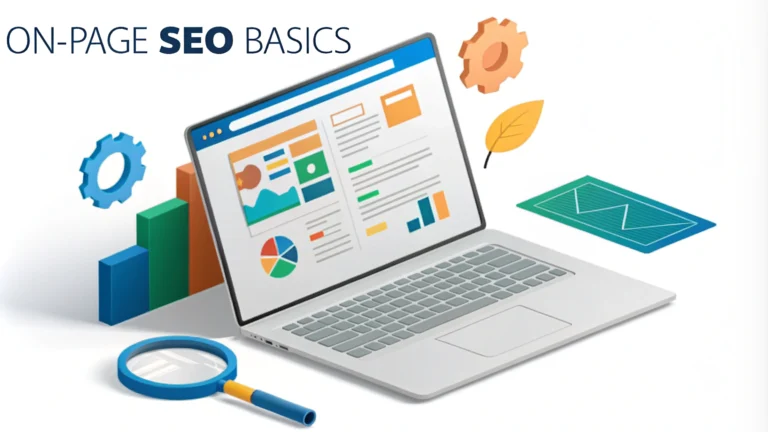Search engine optimization begins with mastering on-page elements that directly impact your website’s visibility and ranking. Every pixel and line of code represents an opportunity to communicate with search engines and attract your target audience.
This quick guide breaks down on-page SEO strategies that can transform your website’s search performance, helping you understand how to optimize content, structure, and technical components for maximum search engine visibility.
1. Keyword Research and Selection
Effective keyword research forms the foundation of successful on-page SEO strategies. Understanding user search intent allows you to align content precisely with what potential visitors seek.
Steps for Effective Keyword Research
- Use Tools: Leverage Google Keyword Planner, SEMrush, and Ahrefs
- Analyze Search Volume: Focus on keywords with meaningful traffic
- Consider User Intent: Match keywords to specific user needs
Long-tail keywords offer strategic advantages by targeting specific audience segments with lower competition. These more detailed phrases often convert more effectively than broad search terms.
Keyword Placement Strategies
Strategic keyword placement involves integrating terms naturally within content, titles, headers, and meta descriptions. Avoid keyword stuffing, which can trigger search engine penalties.
2. Content Optimization Techniques
High-quality, relevant content remains the cornerstone of effective on-page SEO. Search engines prioritize content that provides genuine value to users.
Content Quality Benchmarks
- Comprehensive coverage of topic
- Original research and insights
- Clear, engaging writing style
- Multimedia elements
Structure content with clear headings, short paragraphs, and strategic use of formatting like bold and italics to improve readability and user engagement.
Content Length Considerations
While there’s no universal ideal length, in-depth content (1500-2500 words) often performs better in search rankings. Focus on depth, not arbitrary word counts.
3. HTML Structure and Technical Optimization
Technical on-page elements play a crucial role in search engine understanding and indexing of your web pages.
Critical HTML Elements
- Title Tags: Unique, descriptive titles under 60 characters
- Meta Descriptions: Compelling summaries under 160 characters
- Header Tags: Hierarchical structure (H1, H2, H3)
Semantic HTML markup helps search engines comprehend content structure more effectively. Use appropriate tags that reflect content meaning.
4. Page Speed and Performance Optimization
Website loading speed directly impacts user experience and search rankings. Faster websites receive preferential treatment from search algorithms.
Performance Improvement Strategies
- Compress images
- Minimize HTTP requests
- Enable browser caching
- Use content delivery networks (CDNs)
Mobile optimization is no longer optional. Ensure responsive design and fast loading across all devices.

